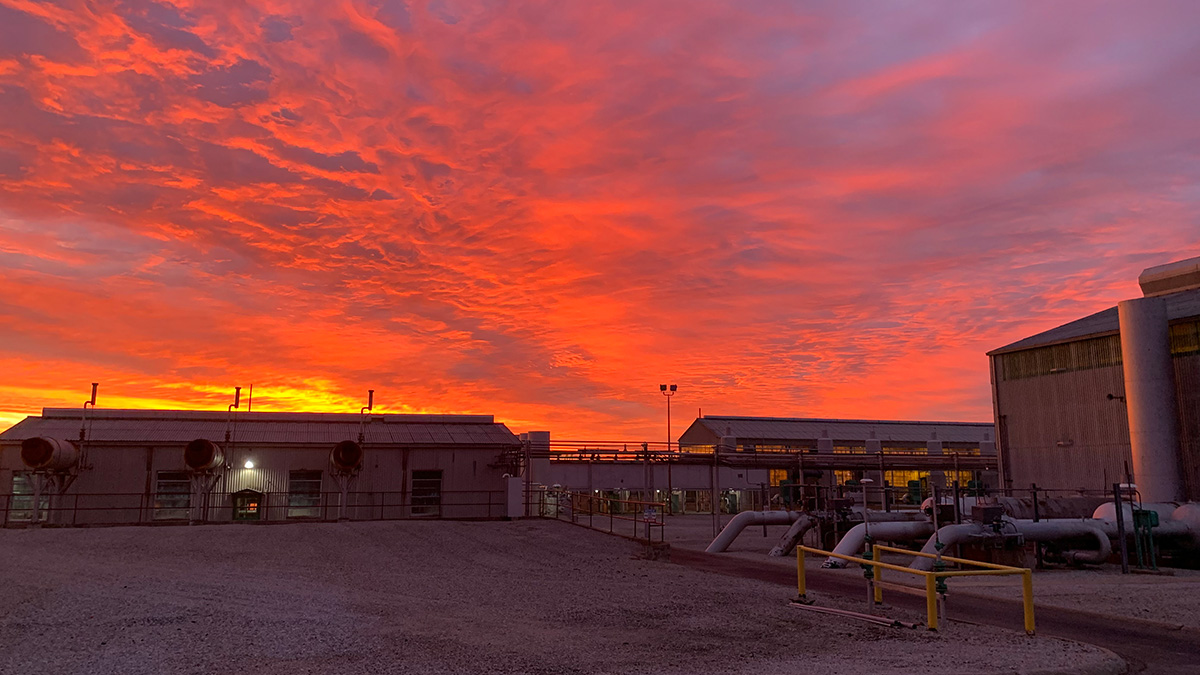Apr 8, 2024
Front-line workers drive innovation, set gas pipeline inspection record
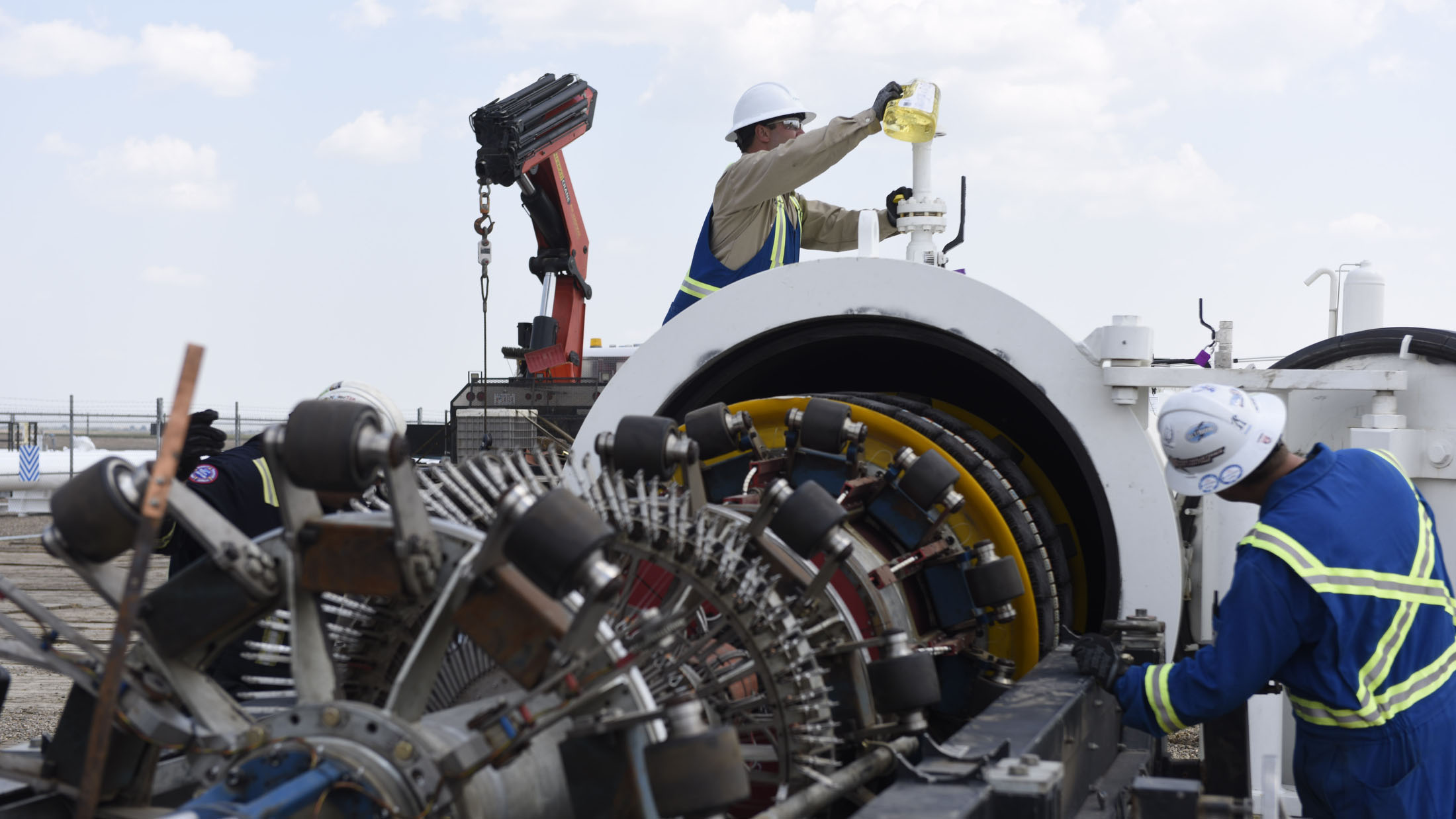
Launching the Pipeline Inspection Gauge’s journey along the Canadian Mainline in Burstall, Saskatchewan.
“Crazy” idea helps TransCanada achieve North American first
Three years ago, when Aaron Schartner first suggested TransCanada send a PIG (Pipeline Inspection Gauge) nearly 1,000 kilometres inside a natural gas pipeline, most thought it was more likely for that pig to fly.
“I remember a lot of people looked at me a little funny and thought ‘there’s no way. We’re not going to be able to go for it and make it work. There’s so many barriers to overcome,’” said Schartner, a 36-year-old TransCanada engineer.
But today, a TransCanada project team of more than 100 is going hog wild after Schartner’s “crazy” idea set a new North American record distance for a PIG run in a natural gas pipeline, far surpassing the current industry norm of 200 to 300 kilometres.
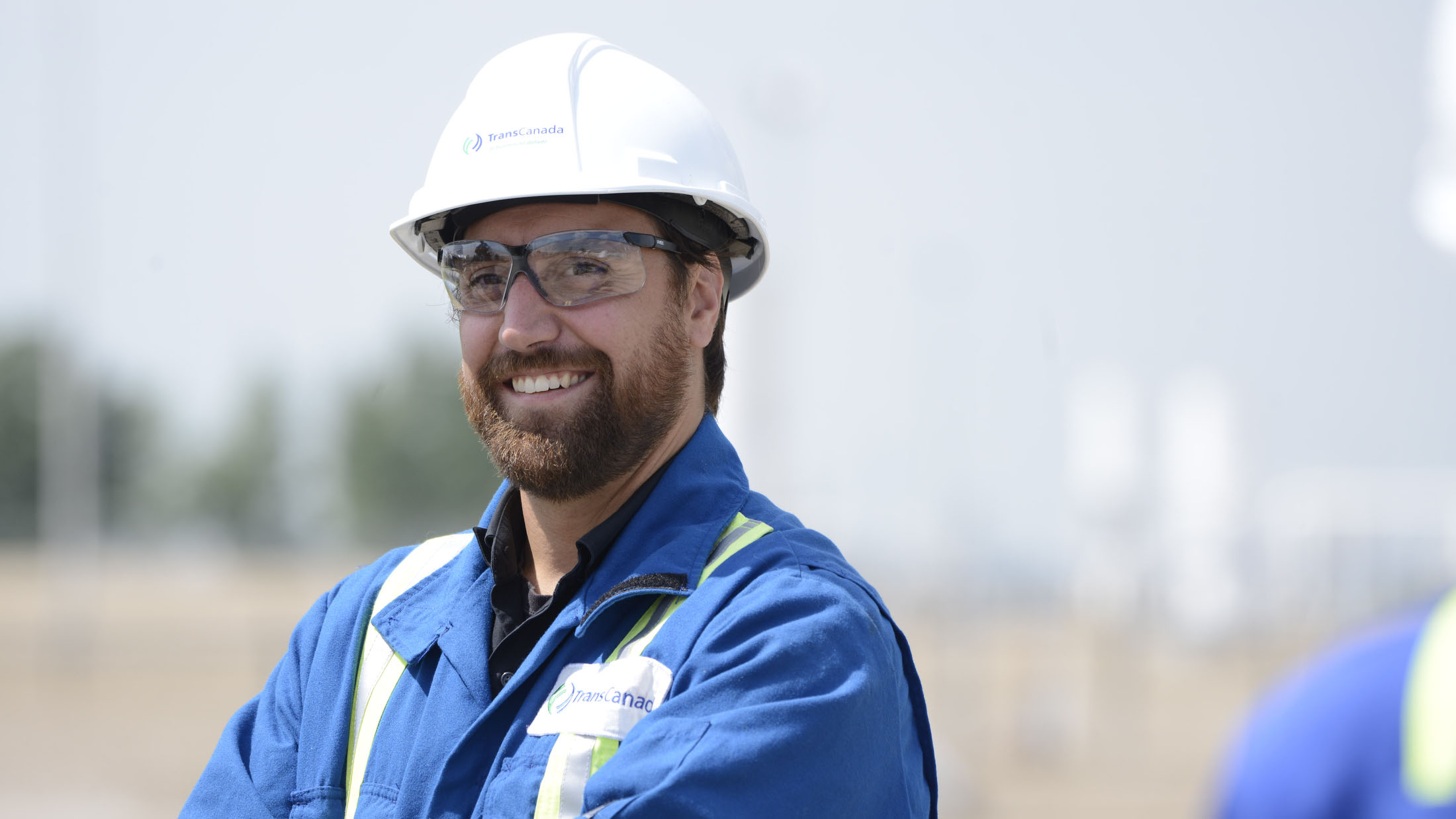
TransCanada engineer Aaron Schartner has been involved in the record setting journey since its inception.
This July, after three years of detailed planning and collaboration by a number of TransCanada groups, that 10,500-pound porker was pulled out of the Canadian Mainline at Ile Des Chenes, Manitoba after a four-day, 941-kilometre journey on Line 6 of the Canadian Mainline from its starting point in Burstall, Saskatchewan.
For Bryce Lord, TransCanada's Vice President of Canadian Gas Operations, the determination of frontline workers like Schartner and many others to dream big and challenge the status quo became infectious and helped turn a pipe dream into a significant advancement for the pipeline industry.
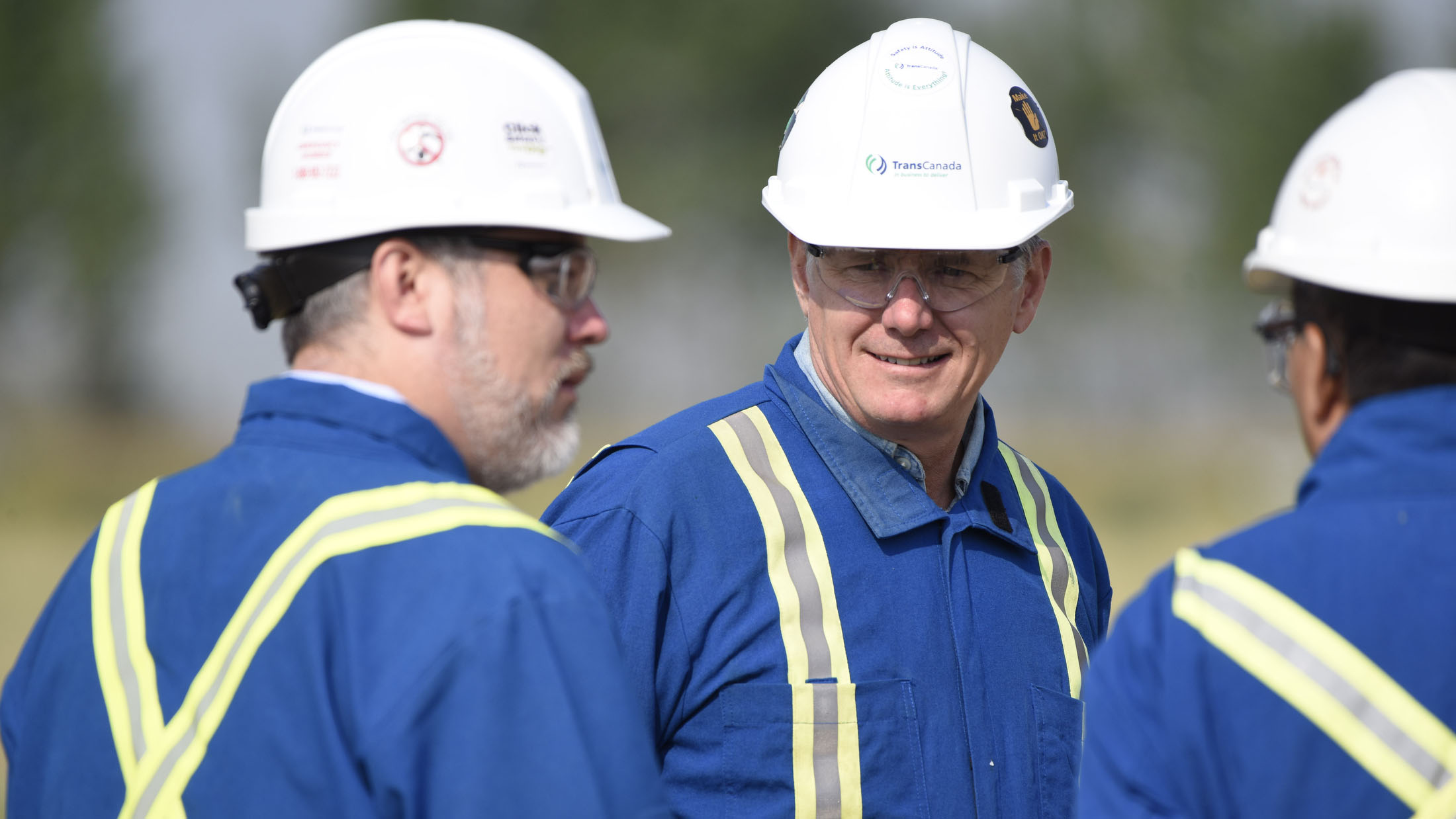
Bryce Lord, TransCanada’s Vice President of Canadian Gas Operations describes the team's determintation to turn the pipe dream into reality as infectious.
"As much as this has been a journey of technology and advancement for TransCanada and industry, this is really a story of our people – our frontline workers," said Lord, noting project workers came out of retirement and postponed their retirement in order to mentor younger workers and see this project through.
"The sheer excitement and passion of this and our strong culture of collaboration in the company just drove everybody to be part of this. The excitement and the journey to get here ... the electricity around it was remarkable."
PIGs, which have multiple magnetic sensors and calipers that tightly travel a pipeline's inner wall have long been used by the pipeline industry as a precisely accurate means of detecting even the tiniest flaws, dents or corrosion in the metal wall of a pipeline.
Data with sub-centimetre accuracy and precise GPS co-ordinates will tell TransCanada engineers whether further investigations are needed to fix a potential problem long before it could pose a safety risk.
Unlike other means of integrity inspections, which require long commercial outages when gas or oil flow is shut off, a PIG actually utilizes the product to help propel it through the pipeline. This allows inspections to occur simultaneously as oil and gas are delivered to homes, businesses and refineries.
Overcoming the challenges of a long journey
While the prospect of sending the PIG on a 941 kilometre journey was exciting, it did not come without challenges. Using the inspection tool in a natural gas pipeline results in much more wear and tear on the components of the PIG than in an oil pipeline, where the product naturally lubricates it for a smoother ride.
Without a natural lubricant, the cups or pads the tool uses to protect its sensors and allow for a streamlined ride are more quickly worn down. And the vibration encountered on a trip of this magnitude could easily wear out the instrument cables in the tool, compromising the data.
Additionally, in the past, battery life to keep the sensors going on a long trip was limited by the size of the tool and the size of the batteries.
All of this added up to a significant risk that the PIG could get stuck in the line during a long run like this, potentially causing gas outages and disruptions to flows to communities while the tool was either pushed out by another PIG or dug out of the pipeline.
But the TransCanada team pushed forward, recognizing the significant safety, environmental, financial and customer gains that a successful run could yield.
A continuous, one-shot long run means TransCanada engineers can obtain faster information about the condition of a pipeline, as there are fewer operational starts and stops required than if the company had to construct several “launchers” and “receivers” (where the tool enters and exits the run).
Each set of launchers and receivers costs several million dollars to construct and a run of this length would normally require at least three or four sets. Dollars saved would mean that money could be reinvested into other safety initiatives.
“Safety is key and foremost in our group and we want to have inspection data in order to manage and monitor every possible, potential feature on the line,” said Schartner.
Added Vice President Lord “We weren’t directed to do this – to advance technology – from governments,” he said. “No outside agency or outside force caused us to do this. This is just part of our core values. Safety is a core value and the integrity of our system is tightly wound to that.”
Also, each time a PIG is dropped in and pulled out of the pipeline requires a short disruption to gas flows and a subsequent venting of gas into the atmosphere in preparation for insertion and extraction of the massive tool.
A long, continuous run would significantly reduce customer disruptions as well as curtail greenhouse gas emissions.
Encouraged by increasing success in long runs on offshore pipelines, Schartner sheepishly approached pipeline inspection service company Baker Hughes, a GE company (BHGE), with the monumental task.
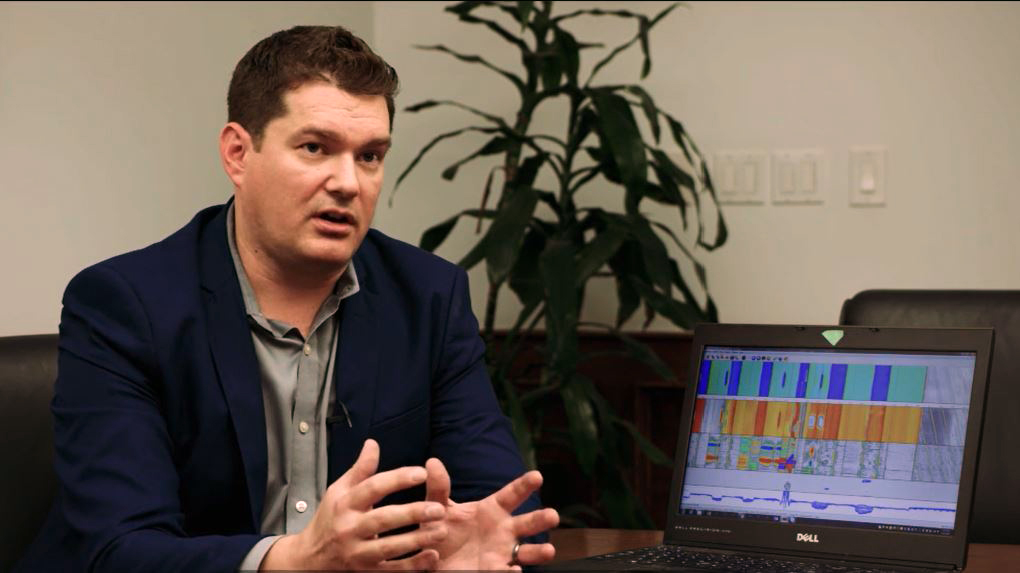
“BHGE has always prided ourselves in doing the hard things,” said Frank Sander, an inline inspection specialist with BHGE
"But when we first heard it was a gas line we recognized there was a lot of thought and engineering that would need to go into planning to do something like that, because at the time, our longest run was probably 300 kilometres."
Sander was encouraged to hear the run was planned on a 48-inch pipeline, meaning the company could employ its leading edge PIG in its line, the behemoth VECTRATM HD GEMINI.
"Because the tool is so big, you can put more batteries, more memory. It made it a lot easier to engineer and come up with a solution."
In fact, the tool was equipped with 10-plus days of battery life, more than double the expected four to five day run in the mainline.
The wear and tear issue was addressed with specially-designed polyurethane cups and a wheel suspension system that absorbs the brunt of the load and centres the PIG to run smoothly in the pipeline.
"We've been working for TransCanada for 20 years now and throughout that partnership, TransCanada has been continuously pushing us to be a better service provider and to provide a better quality of data," said Sander.
He noted through its work with TransCanada, Baker Hughes has re-engineered it's manufacturing and quality control processes to ensure greater sensor and cable reliability. In fact, the company now goes so far as X-raying each individual cable to significantly decrease any chance of failure.
Still, with the smartest and most robust PIG in place, significant obstacles needed to be overcome before even attempting the run.
TO BE CONTINUED
In Part 2, next week learn how the PIG energized a multi-generational TransCanada project team to intricately plan and ensure many moving parts were in sync across several TransCanada divisions to make the complex run a reality.


